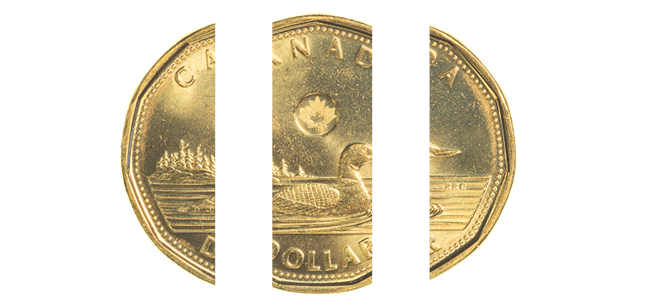
by Scott Ronalds
Would you be OK with investment costs of 5% a year? I can already hear your response, “No bloody way.” Yet, many investors face costs in this neighbourhood because they’re unaware of all the components that eat away at returns. Our new infographic reveals the key factors that play a role in the often-murky world of investment costs.
These costs range from commissions to advisory fees to the real wild card – our own behaviour (i.e. when and how often we buy and sell). New reporting requirements that are now in effect (referred to as “CRM2”) will provide investors with better, albeit incomplete, information on their hard costs and performance. Many investors will receive their first “Summary of Costs” report in early 2017.
The investment media anticipates that this ‘Great Reveal’ will be an eye opener for many Canadians. But while the new reporting requirements are a step in the right direction, investors should be aware that the new reports do not include a potentially large component of their overall costs – namely, product fees (which may also be referred to as investment management fees). We explain the various costs below.
Advice and service fees
The costs that will be shown to investors can be categorized as “advice and service fees”. These include administration fees, trustee fees, transaction fees, sales commissions, trailing commissions and other advice-related fees paid to investment providers. The fees may range from 0% to 1.5%. Investors who work with full-service advisors should expect their fees to come in at the higher end of this range. For a $100,000 portfolio, these fees will typically be in the range of $1,000 to $1,500 per year.
Product fees (investment management)
What’s missing in the new reports are the fees paid to investment managers for selecting and managing the stocks and bonds in the funds, and the management fees associated with owning ETFs. These fees can range from 0.2% (for a portfolio of low cost ETFs) to 2.0% or higher (for certain mutual funds). For a $100,000 portfolio of bank or broker-sold mutual funds, these fees will typically be in the range of $1,000 to $1,500 per year.
Think of these two cost components (advice and service, and product fees) as the hard costs of investing. They can be significant, which is why it’s important that investors understand them.
Behaviour impact
The other cost component is behaviour, or the impact of short-term focused advice and emotionally driven investment decisions that may cause investors to veer from their plan, usually during stressful or euphoric times in the market. This is a soft cost that firms rarely measure or report, but it can have a much bigger impact on returns over time.
Research from Dalbar (a U.S. financial research firm) indicates that investors underperform the funds they invest in by 3%+ per year over the long haul because of poor behaviour – e.g. reacting adversely to market news, chasing short-term returns, and generally trading too much.
Costs at Steadyhand
At Steadyhand, we’ve been reporting investment costs to our clients, in both dollar and percentage terms, since our inception. Our statements won’t change to reflect the new reporting requirements because they’ve always shown these costs (along with detailed performance information). In fact, our statements go a step further in that they show the all-in hard costs. At Steadyhand, our funds charge “One Simple Fee,” which includes the costs of advice and service, as well as investment management.
We also measure our firm’s overall money-weighted returns and can report that our clients behave exceptionally well. The gap between the returns achieved by our funds and the returns earned by our clients is small. As of December 31, 2016, our direct clients’ average 5-year time-weighted return is 9.4% per year, while their average money-weighted return is 9.2% per year. One of our underlying goals as a firm is to keep our clients on track with their plans and make sure their behaviour doesn’t add to their total costs (for investment approach, see company name!).
INFOGRAPHIC: The costs of investing
Management fees and expenses all may be associated with mutual fund investments. Please read the prospectus before investing. Mutual funds are not guaranteed, their values change frequently and past performance may not be repeated. The indicated rates of return are the historical annual total returns including changes in unit value and reinvestment of all distributions and do not take into account sales, redemption, distribution or optional charges or income taxes payable by any securityholder that would have reduced returns.
1We're not a bank.
Which means we don't have to communicate like one (phew!). Sign up for our blog to get the straight goods on investing.

